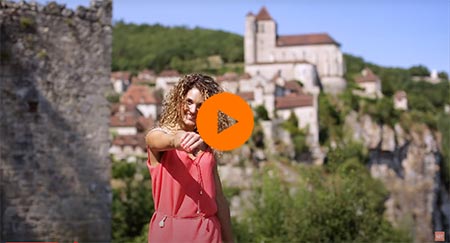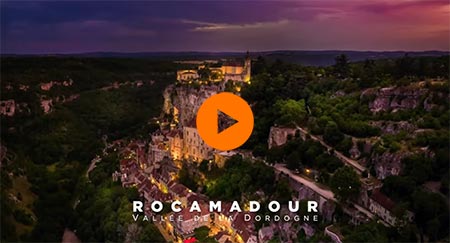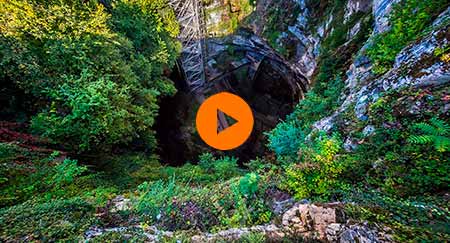What to see in the Dordogne Valley?
The Dordogne valley stretches over three departments, the Corrèze, the Lot and the Dordogne.
The Moulin du Boisset is located at the intersection of these three departments, which allows you to discover a multitude of sites of unsuspected richness.
In order to better present them to you, we have chosen to group them into two sections:
- The sites to discover in the Lot department with all the richness of the Dordogne Valley and further on those of the Lot Valley.
- The sites to discover in the neighbouring departments of the Dordogne and the Corrèze.
To discover in the Lot
On the borders of Aquitaine, Limousin and Auvergne, lies the department of Lot, also known as Quercy.
Three rivers shape its landscape:
- In the north, the Dordogne valley crosses the department for about fifty kilometres.
- In the south of the department, the Lot valley. Its course is capricious, carved with sinuous meanders through the great limestone plateau.
- Parallel to the course of the Lot, the Célé Valley, a tributary of the Lot, is also its replica in miniature.
The limestone plateaus, or "causses", lands of moorland and small oak forests, sprinkled with dry-stone buildings, are part of the territory of the Causses du Quercy Regional Nature Park.
It is a department rich in heritage and tourist sites which is waiting to be discovered, notably through its beautiful stones, its hiking trails, its rivers, its gastronomy and of course its inhabitants.
7 villages are labelled "Most Beautiful Villages": Autoire, Capdenac-le-Haut, Carennac, Martel, Saint-Cirq-Lapopie, Cardaillac, Loubressac.
To discover near the Lot
If you have a thirst for knowledge, if you are passionate about old stones, if you like to stroll through the narrow streets of towns and villages steeped in history, you are in for a treat.
The Lot, already rich in curiosities, is surrounded in its northern part by a multitude of tourist places.
First of all, the Dordogne department and especially the Périgord Noir. Its worthy representative is the town of Sarlat, the cultural capital of Perigord. Then the golden triangle of the Dordogne valley, made up of 7 towns: Domme, Cénac, Castelnaud-la-Chapelle, Vitrac, La-Roque-Gageac, Vézac and Beynac-et-Cazenac, 4 of which are classified as " The Most Beautiful Villages in France ".
North of the Lot, Corrèze, with the villages of Turenne, Collonges-la-Rouge and Curemonte.
Collonges, an architectural ruby set in the emerald of the green countryside.
Finally, Brive la Gaillarde, where the grandeur of the historical monuments and the charm of the small streets that curve around the Collegiate Church are combined. Brive is the starting point for the town of Aubazine and its famous abbey, and Les Pans de Travassac, one of the last open-air slate quarries in France.
The interactive map below will allow you to see all the sites in the vicinity of the Mill that you can visit.
The first circle represents a perimeter of 30 km while the second is 50 km.
You can click on each icon to get more information.

During your stay, we are at your disposal to show you the different sites to discover and the paths to take.
About Saint-Denis-lès-Martel
The Moulin is located in the commune of Saint-Denis-lès-Martel.
Saint-Denis-lès-Martel lies at the confluence of the Dordogne and Tourmente valleys, which has made it an important crossroads for the movement of people and goods since the dawn of time.
This is true of the Puy d'Issolud, a limestone plateau that has been occupied since the Palaeolithic period and which, because of its steep geology, became a fortified town (oppidum). It was here that the last great battle of the Gauls against Julius Caesar officially took place in 51 BC, during which Caesar used a clever ploy to dislodge and enslave the indomitable Gauls. This is the battle of Uxellodunum, a major site in our national history. You can visit the site today and find all the information you need on the website www.uxellodunum.com.
In the Middle Ages, the confrontations of the Hundred Years' War and the constant insecurity led to the creation of Saint-Denis-lès-Martel from the merger of three parishes: Saint Dyonis, Sainte-Radegonde and Saint Martin-de-Farges.
Numerous traces of settlements and shelters can still be seen along the cliffs that run alongside the railway line.
The many mills still visible (Balme, Briance, Boisset, etc.), together with a multitude of bread ovens skilfully restored by their owners, are further evidence of the importance of human settlement in this valley where water reigns in abundance.
From 1860 and the start of the industrial era, the arrival of the train in the countryside accentuated the development of Saint-Denis-lès-Martel. The station that was built there enabled the development of the town, hotels, shops and public services, helping to make our village a well-known and recognised regional railway hub. This was the golden age of Saint-Denis, with a population of 900. You can still admire some of the facades of these buildings in the centre of the village. On the station platform, you can also see one of the last manual signal boxes in France.
Today, the Martel tourist steam train is a reminder of this rich past. The train's route, which takes in tunnels, viaducts and embankments along the cliffs, offers magnificent panoramic views of the village and the Dordogne, which meanders not far from the village.
You can follow the many footpaths that will take you to its banks.
Don't miss this
- Uxellodunum
- Moulin de Briance and its waterfall
- Bread ovens at Scourtils
- The washhouses
- The railway station and its manual switch
- The Miret and Eiffel bridges over the Dordogne
- The banks of the Dordogne
- The model railway
- Panoramic views
- The Scourtils viaduct
- The footpaths
- The Mirandol cliffs
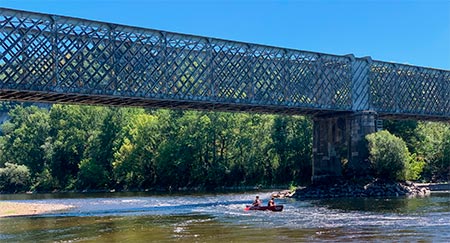
Eiffel bridge over the Dordogne river
Receive the free magazine
Dordogne Valley 2024

This is the reference guide, published by the Dordogne Valley Tourist Office, which includes the main sites to visit, activities, the calendar of festivals and events, market times and days, good addresses...
The Dordogne Valley in video
There is a lot to visit in the Lot and in the Dordogne Valley, and for all tastes: imposing landscapes, cultural, historical and geological heritage, animations, fairs and markets...
To discover all this, you will find below a small selection of videos about our region.
It is an extremely pleasant way for you to get to know the region and to discover the magnificent sites to visit.
Not forgetting the warm welcome of the inhabitants who will receive you with open arms.
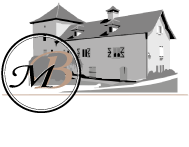
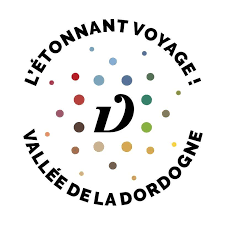
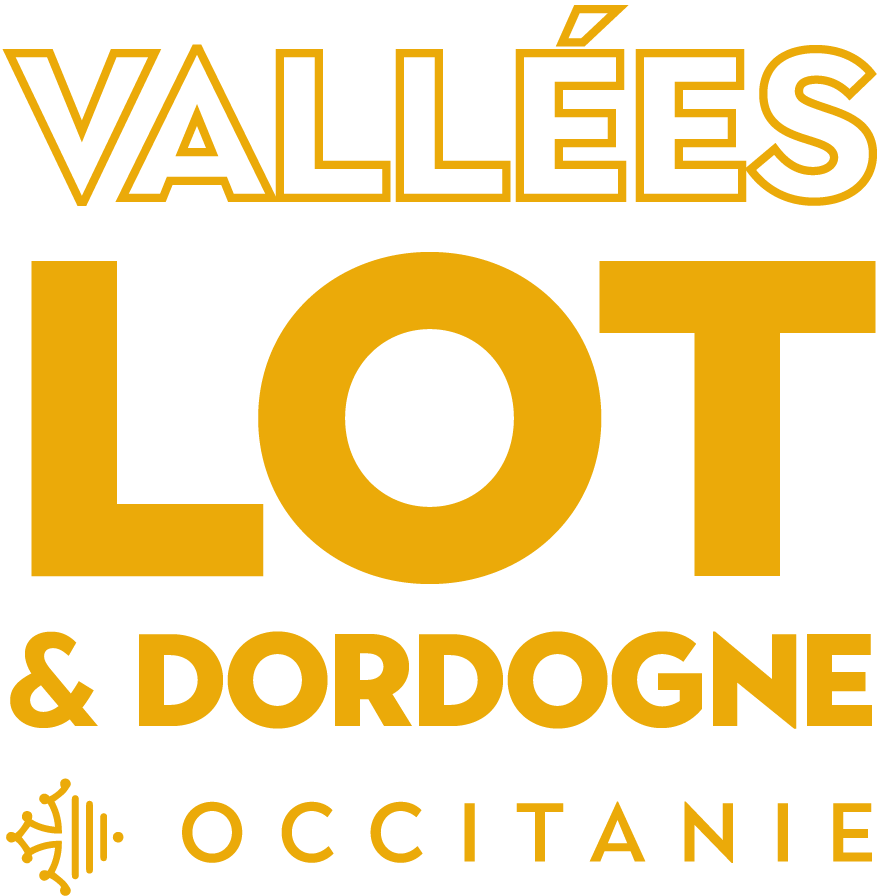
All rights reserved
Availabilities



All rights reserved


